Arizona has just launched a partnership with the nonprofit RIP Medical Debt to acquire as much as $2 billion in medical debt— and forgive all of it. The program, announced on Monday by Gov. Katie Hobbs, will benefit up to 1 million Arizona residents living below 400% of the federal poverty line or owe medical debts totaling more than 5% of their annual income.
At $30 million in funding — out of pandemic relief funds allocated to Arizona under the American Rescue Plan Act — it’s the biggest example yet of a state or local government using federal dollars for massive debt cancellation.
Under the RIP Medical Debt model, there is no application process to get medical debts forgiven. The nonprofit negotiates directly with local hospitals or hospital systems one by one, purchasing portfolios of debt owed by eligible households and forgiving the entire portfolio en masse. The nonprofit uses credit records to determine which households have incomes below the eligibility threshold.
RIP Medical Debt was founded in 2014 by a pair of former debt collection agents. Since inception, it has acquired and forgiven more than $10.4 billion in medical debt owed by 7.1 million households — an average of $1,464 per household. The medical debts are forgiven without any strings attached, and no tax penalty for each household. The nonprofit says it has never collected a single penny on any of the debts it has acquired so far.
RIP Medical Debt notifies each beneficiary household by mail. CEO Allison Sesso says they switched from bright yellow envelopes to standard white envelopes a few years ago when the nonprofit realized some folks weren’t opening the envelopes for fear of what might be inside.
“We did some A-B testing and we realized that yellow envelopes just makes it feel more like a debt collection potentially,” Sesso told Next City in 2022. “We always have to work hard to make sure we don’t look like we’re a collection agency. We haven’t collected a single dollar of any debt we’ve ever purchased.”
Cook County in 2022 became the first local government partnership with RIP Medical Debt to forgive eligible residents’ medical debt. It funded the partnership by allocating some of its American Rescue Plan Act dollars to fund the nonprofit’s acquisition of medical debt owed by eligible residents of Cook County, which includes Chicago. Since then, Toledo, Akron, and Cleveland, Ohio have all formed debt forgiveness partnerships with RIP Medical Debt, as have New Orleans, Washington, D.C., and Wayne County (in Michigan, which includes Detroit). Last month, New York City joined the mix, promising debt forgiveness for up to 500,000 New Yorkers, the largest municipal partnership of its kind so far.
Acquiring medical debt is relatively cheap: Hospitals that sell medical debt portfolios do so for just pennies on the dollar, usually to investors on the secondary market. Though the exact ratio varies by region based on local costs, RIP Medical Debt’s standard estimate is $100 can acquire and forgive $10,000 in medical debt. One reason the purchase price is so low is that hospitals and debt buyers alike know that medical debt is the hardest form to collect. Nearly 60% of all debt held by collection agencies is medical debt owed by some 43 million households, according to the Consumer Financial Protection Bureau.
Numerous obstacles remain to extinguishing more medical debt. As of 2022, Sesso estimated that only 20-30% of hospitals actually were in the habit of selling patient debt to investors on the secondary market. But as Sesso told Next City, RIP Medical Debt is able to negotiate direct debt sales from all hospitals because hospital leaders recognize the mission-driven aspect of selling the debts with the end result of having them forgiven.
Another obstacle is the rules around the American Rescue Plan Act dollars, which prohibit the purchase and acquisition of medical debts held by county- or city-run hospital systems. RIP Medical Debt also supports local campaigns for private donors to provide matching dollars to deal with those medical debts. Most of the $10 billion in medical debt it has forgiven so far has been acquired using private donations, including from local church groups. With New York having the largest municipally-run healthcare system in the country, the Mayor’s Office pledged to raise private matching funds over the next three years to go along with the initial $18 million from the municipal government.
ARPA dollars remain a significant potential source of funding for medical debt forgiveness, as nearly half of ARPA’s $350 billion allocated to state and local governments remains unspent.
Some local leaders have come to see debt forgiveness as a form of economic stimulus. In Toledo, $1.6 million in public funds meant $240 million more in spending locally over time that would have otherwise gone to paying down that amount in medical debt.
“It’s really going to help people put food on the table, help them pay their rent, help them pay their utilities,” Toledo City Council Member Michele Grim, told Next City in 2022. “Hopefully we can prevent some evictions. It could be more than a one-to-100 return on investment of government dollars.”
This article is part of The Bottom Line, a series exploring scalable solutions for problems related to affordability, inclusive economic growth and access to capital. Click here to subscribe to our Bottom Line newsletter.

Oscar is Next City's senior economic justice correspondent. He previously served as Next City’s editor from 2018-2019, and was a Next City Equitable Cities Fellow from 2015-2016. Since 2011, Oscar has covered community development finance, community banking, impact investing, economic development, housing and more for media outlets such as Shelterforce, B Magazine, Impact Alpha and Fast Company.
Follow Oscar .(JavaScript must be enabled to view this email address)



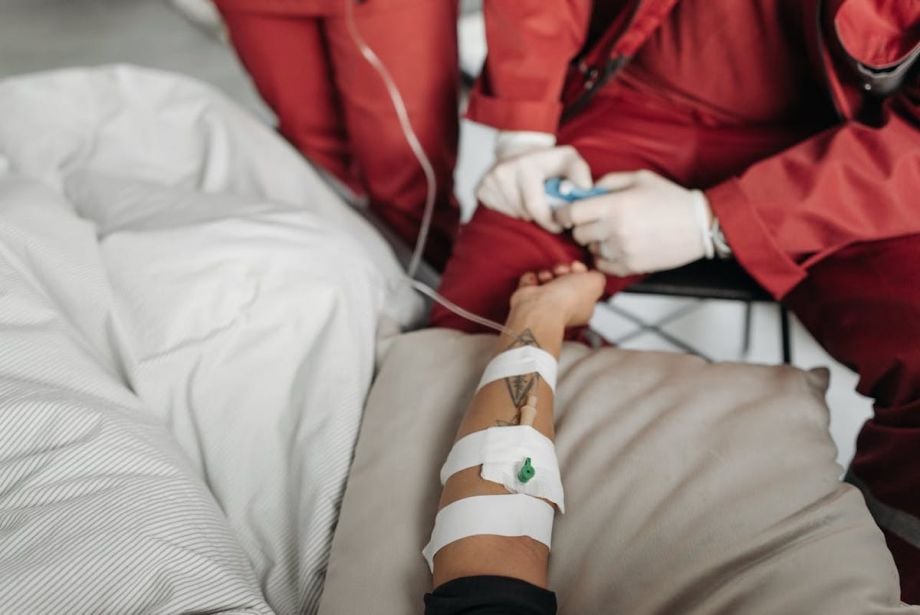

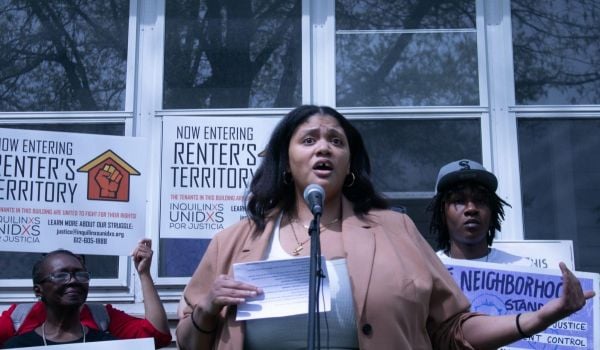
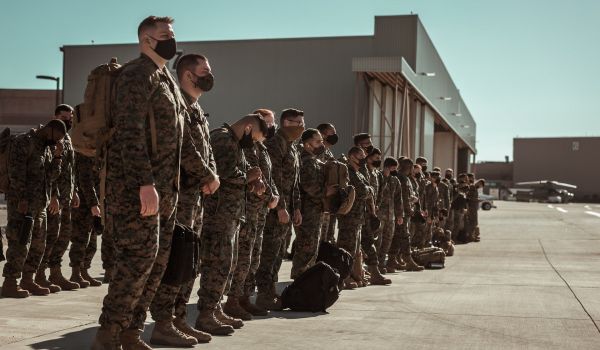

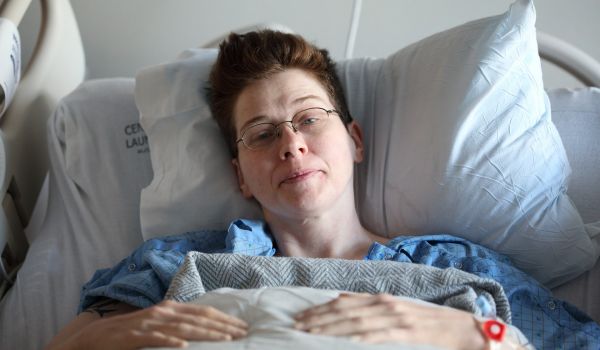
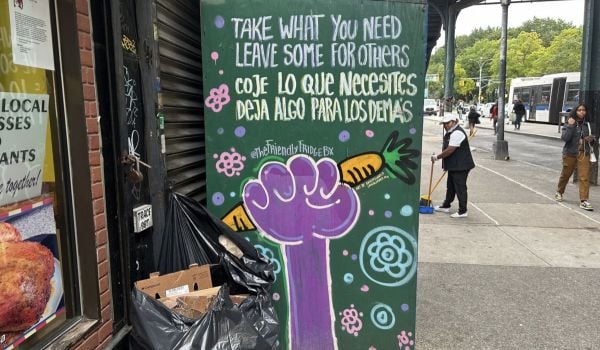
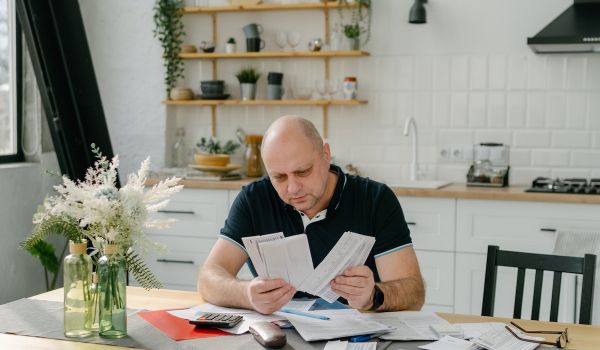
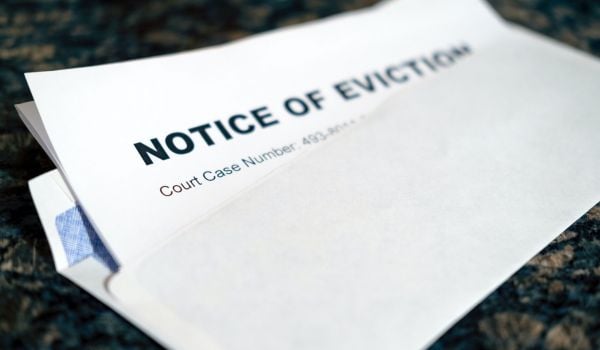







Add to the Discussion
Next City sustaining members can comment on our stories. Keep the discussion going! Join our community of engaged members by donating today.
Already a sustaining member? Login here.